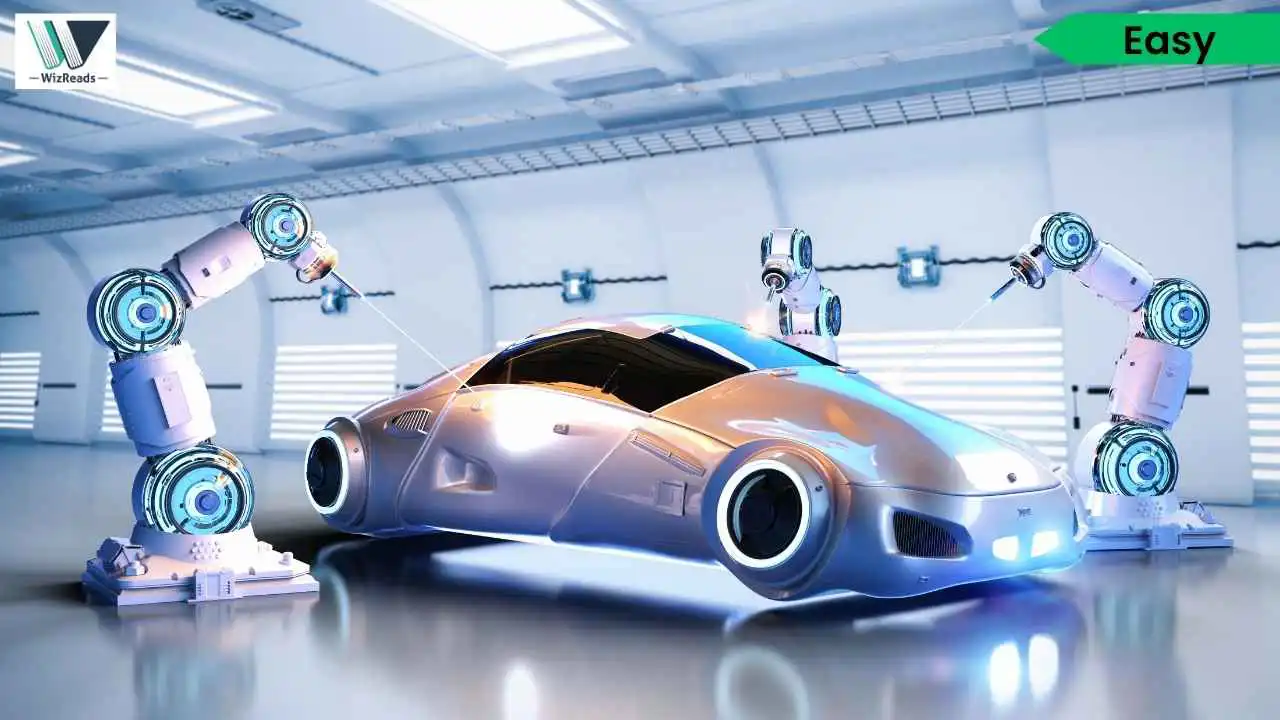
Newsletter Subscribe
Enter your email address below and subscribe to our newsletter

Enter your email address below and subscribe to our newsletter

Ever wondered why your car delivery got delayed even though demand remains strong? These GMAT GRE easy passages delve into the fascinating dynamics of semiconductor shortages in automotive manufacturing. The passages explore how a tiny component can disrupt global production chains and prompt industry-wide transformation, requiring readers to navigate complex supply-chain relationships and technological adaptation strategies.
Read these easy passage(s) in Business, Economy, and Governance and answer the question(s) that follows. You can choose the GMAT style Reading Passage and the question or the GRE RC variant and answer the GRE-style question. Even better, you could solve both.
The automotive manufacturing sector recently weathered a significant supply-chain disruption that fundamentally altered production dynamics across the industry. Beginning in 2020, a severe semiconductor shortage constrained vehicle production worldwide, creating an unusual economic situation wherein consumer demand remained robust while product availability plummeted. This supply-side bottleneck resulted in approximately 11 million vehicles being removed from production in 2021 alone, causing global car sales to decline by more than 12 percent compared to pre-shortage levels. Unlike traditional demand-driven downturns, this crisis emerged from automotive manufacturers’ just-in-time inventory systems being particularly vulnerable when semiconductor producers pivoted toward consumer electronics during pandemic-related production pauses.
The industry has implemented multi-faceted strategies to address these constraints. Many manufacturers have redesigned their electronics systems, consolidating multiple control units into domain controllers and central computers that utilize more advanced semiconductors with greater processing power. Some automakers have formed direct partnerships with chip producers to secure dedicated supply channels, while others have begun developing their own semiconductor capabilities. Additionally, governments across manufacturing-intensive regions have introduced initiatives to develop domestic semiconductor production capacity, though these longer-term solutions may take years to meaningfully impact supply. The persistent shortage has also prompted a fundamental reconsideration of sourcing models, with stronger bonds forming between vehicle manufacturers, tier-one suppliers, and semiconductor producers. While the immediate crisis has largely subsided as of 2024, experts note that the industry’s pre-pandemic trajectory has been permanently altered, with anticipated production volumes remaining below earlier forecasts for the foreseeable future.
All of the following are measures taken by the automotive industry to address the semiconductor shortage EXCEPT:
The passage mentions government initiatives to develop domestic semiconductor production capacity but does not indicate that automotive manufacturers lobbied for these initiatives. The passage explicitly mentions the other options, but there is no reference to automotive industry lobbying efforts directed at governments.
Correct Answer: Choice (D)

The evolution of automobile electronics has precipitated a fundamental transformation in vehicle production methodology. Initially, automotive manufacturers employed discrete electronic control units, with each vehicle containing approximately 50-100 units to manage specific functions. As vehicle sophistication escalated, this modular architecture proved increasingly inefficient. Consequently, the industry commenced a paradigm shift toward consolidated computing systems. The integration process begins with manufacturers identifying redundant microprocessors across multiple control units. Engineers then design centralized domain controllers that amalgamate these functionalities while maintaining crucial isolation barriers between safety-critical and convenience systems. Subsequently, software architectures undergo reconfiguration to facilitate communication between previously independent modules.
This consolidation enables more efficient resource allocation and reduces overall semiconductor requirements, though paradoxically, it necessitates more advanced processors with enhanced computational capabilities. The final stage involves rigorous validation testing to ensure system integrity under varied operational conditions. This architectural metamorphosis not only mitigates supply vulnerability but also expedites implementation of sophisticated features like advanced driver assistance systems, ultimately accelerating the industry’s progression toward autonomous vehicle capabilities.
The primary organizational pattern used in the passage is:
The passage is primarily organized as a chronological sequence describing the process of transforming automobile electronics architecture. It begins with the initial state of discrete control units, then methodically progresses through the steps of integration. The passage follows a clear temporal sequence that shows how one step leads to the next in this industry transformation.
Correct Answer: Choice (A)